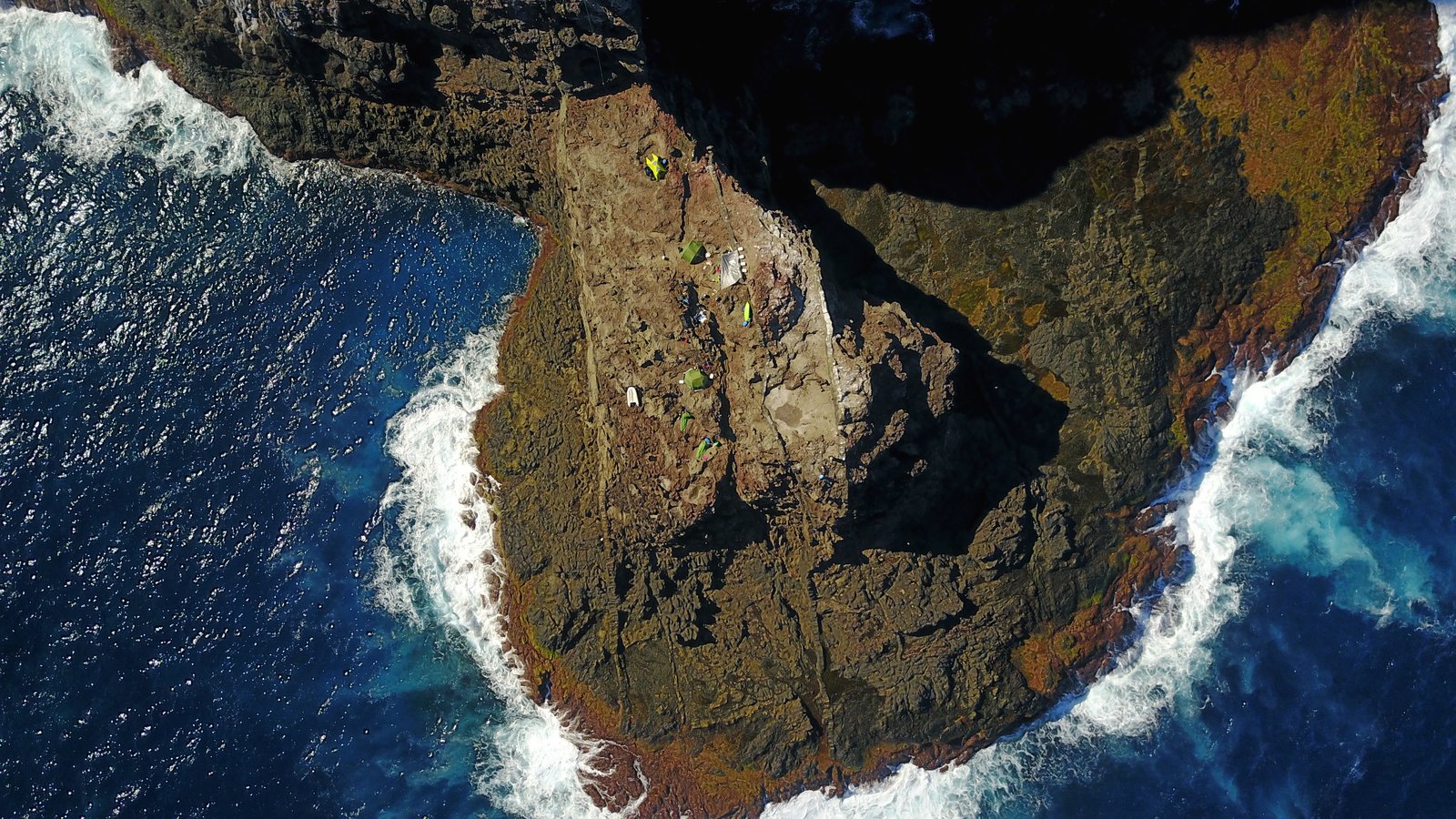Lord Howe Island expedition
AM scientists have been surveying Lord Howe and the water around it since as early as 1851 – 165 years ago.

The Lord Howe Island expedition
One of the earliest and longstanding expedition sites for the AM has been the incredible Lord Howe Island – our scientists explored the island back in 1973 and have recently returned in 2017. Over the course of two months in 2017, our scientists aimed to document introduced invertebrates, discover new species (introduced or native) and get a clearer picture of the fauna that lives there.
Nestled on the Tasman seas between Australia and New Zealand, this volcanic remnant has a unique ecosystem that’s been largely preserved, rivaling that of the world-famous Galapagos archipelago.
Experience the thrill of scaling the sheer cliff faces of the remote Balls Pyramid in search of further specimens of the extremely rare stick insect, the LHI Phasmid. Discover the excavation of three rare Blainville beaked whale skeletons, which have been buried in the sands of Lord Howe Island lagoon since 2011. The whales have decomposed to the point that AM scientists were able to acquire their complete skeletons for the collection.
Learn more about the island's feathered residents, Lord Howe wood hens and native currawongs. AM’s ornithologist, Dr Richard Major, tissue sampled these fascinating birds and worked into the night to survey the island’s population of bats and owls.
Balls Pyramid
Cinematographer Tom Bannigan accompanied the expedition to Balls Pyramid in 2017 capturing the search for the the phasmid and the ascent of the island peak with interviews, timelapse and drone.
















